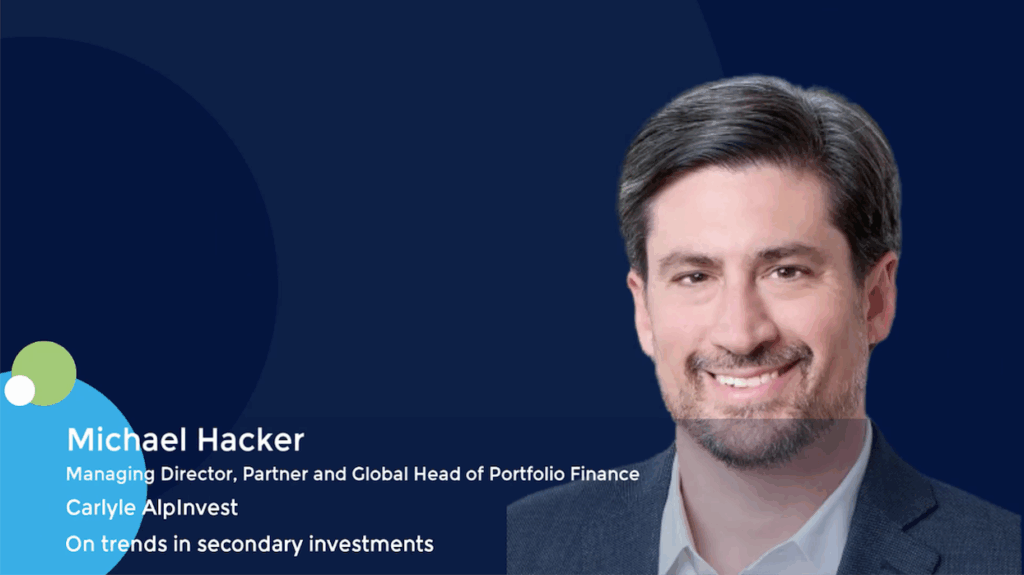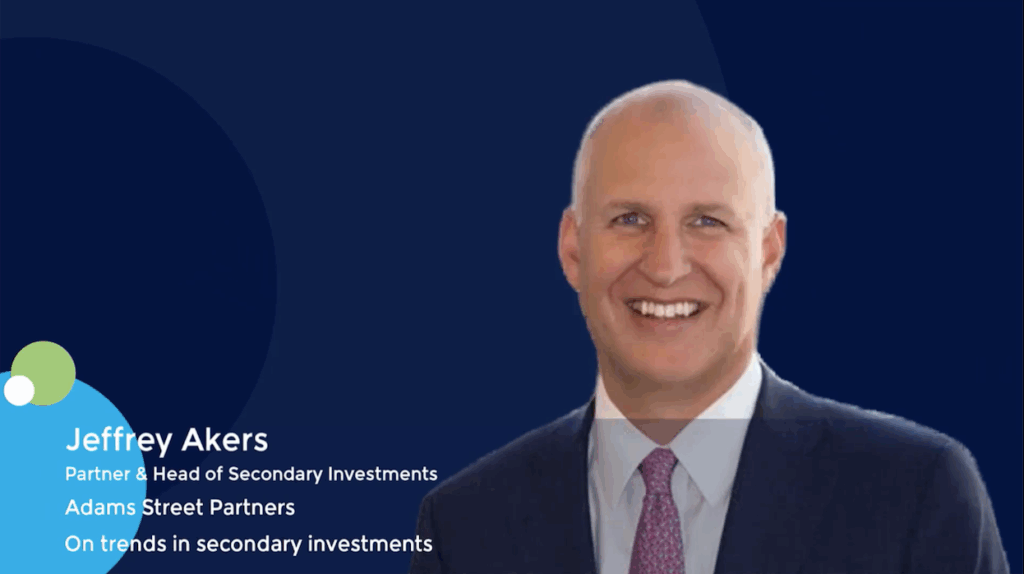Asia private equity 2025 preview: India
Private equity and venture investment in India year to date represents a 30% decline on the total for 2023, but the buyout share ticked up from 26% to 30%, according to AVCJ Research. Strip out venture, and buyouts are now 39% of the deal flow versus 14% a decade ago.
ChrysCapital Partners sees this as a long-term trend that will continue to play out in 2025 and beyond. Gaurav Ahuja, a partner at the local private equity firm, claims the portfolio was 20%-25% buyout when the market was 10%. Now it is more than 50%.
“We’re just at the start of a trend. There’s always a tipping point for things like this, and we may have hit that a few years ago. This will continue and you’ll see more buyouts happening,” Ahuja said. “The global and pan-Asian managers have been doing this longer than the local middle-market GPs, but they’re talking about it.”
More buyouts will translate into larger cheque sizes and larger funds. ChrysCapital became the first manager to pass the USD 1bn mark last year with its ninth flagship fund, which closed on USD 1.4bn. Since then, Kedaara Capital has raised USD 1.7bn for its fourth vintage, and Kotak Alternate Asset Managers (KAAM) has collected USD 1.5bn for its second strategic situations fund.
ChrysCapital is now said to be in talks with LPs about a USD 2bn hard cap for Fund X. Ahuja declined to comment on the process but observed that there remain ticket size gaps between the global and pan-regional funds, the largest local funds, and their sub-billion-dollar peers. “There is room for everyone to grow,” he said.
Larger GPs are likely to staff up for more active portfolio engagement in the near term. Smaller players experimenting more sporadically in buyouts will access mid-market consulting providers. The dividing line in terms of enterprise value has historically been around USD 300m; above that, more buyouts will happen.
Local money
The emergence of a larger, more buyout-oriented opportunity set will not be a substantial driver of a coinciding increase in domestic LPs participating in the asset class. India’s top local managers will carve out allocations to experiment with onboarding domestic investors while remaining largely backed by offshore institutional capital.
Manish Kejriwal, founder of Kedaara, told the AVCJ Private Equity Forum 2024 that his firm’s next fund would aim to be 25%-30% domestic capital with a view to eventually achieving 50%.
“I really believe the domestic capital is very attractive because the delta between dollar return and rupee return is significant,” he said, adding that Kedaara has historically deployed about 60% of its capital in control deals.
The dynamic will also be guided by LP appetite. For example, Deepak Padaki, president of Catamaran, the family office vehicle of Infosys co-founder and Narayana Murthy, explained that his firm has reviewed many of the largest homegrown PE funds but is not yet fully comfortable with the consistency of returns.
“Even with the US funds, the returns come down as they start to become bigger, so we’re going to wait and see,” Padaki said. “We look at funds as a way of sourcing co-investment deals, so we’ll be selective, maybe picking one or two of them to get access to direct opportunities.”
Historically core areas of deployment such as financial services, tech services, and business services will continue to absorb most of the capital. Vivek Soni, a partner and national leader for India private equity services at EY, expects more PE and VC investment in areas including electric mobility, medical devices, and consumer.
“Discretionary spending is poised for robust growth in India, driven by rising disposable income coupled with evolving consumer preferences,” Soni said, flagging supermarkets, personal care, homecare, consumer durables, and apparel as among the most attractive sub-segments.
“The growing middle-class population in India and increased disposable income are leading to fund allocation to non-essential demands. Further urbanization and global trends have created a greater impact on branded apparel, entertainment, and travel. The youth of India has become more tech-savvy, driving the trends in discretionary spending on gadgets, fashion, and D2C products.”
Deep tech and space tech have seen an explosion of start-up activity in recent years and are set to experience some consolidation in the near term, although the opportunity will remain too immature for many investors.
“Healthcare has seen one round of consolidation, so I don’t know how much more is there. You will see a lot more investments in pharma. Private equity will buy control of pharma businesses, and they will be large acquisitions. Smaller pharma companies will sell out to get to the next stage,” said Mahesh Parasuraman, a co-founder of Amicus Capital.
“You will see a lot more consolidation in the auto ancillary space, where private equity is coming in and buying businesses. I think that’s the next frontier, a proxy to India’s manufacturing play and still seeing growth with a good return on equity. You’ll always see investment in financial services, because it’s the best way to play India’s growth.”
Sluggish deployment?
There is reason to believe that deployment could remain sluggish, however. The sense is that recently raised and pending pan-Asian funds with newly China-light agendas will lift already robust valuations in India by ramping up competition and pressure to deploy. At the same time, LP demand to demonstrate distributions to paid-in (DPI) is not expected to recede.
To some extent, the influx of global attention and the need for exits will play off each other. “Every control trade that happens, I hear Japanese names and Middle Eastern names, which I didn’t use to hear earlier in a meaningful manner,” Divya Sehgal, financial services lead at True North, told AVCJ earlier this year. “I see that as a portent.”
In terms of deployment, even the most cashed-up players could be relatively quiet. Kedaara’s Kejriwal, for example, observed in November that his firm is likely to veer toward smaller investments where prices could be more attractive and otherwise focus on selling as much of the portfolio into the current valuations as possible.
The idea is that when global and regional GPs eventually raise their next vintages, they will be rightsized for the India opportunity and valuations will normalise. In the meantime, LPs will be informed that expected deployment periods could be extended.
“Right now, I think the preponderance of capital in India is so high that we would rather – unless we have really high conviction – stay out of the market. To be absolutely frank, we normally would do four or five deals a year; we’ve done two deals this year,” Kejriwal said. “Are we nervous? No – we put all those resources into the exits we’ve created.”











